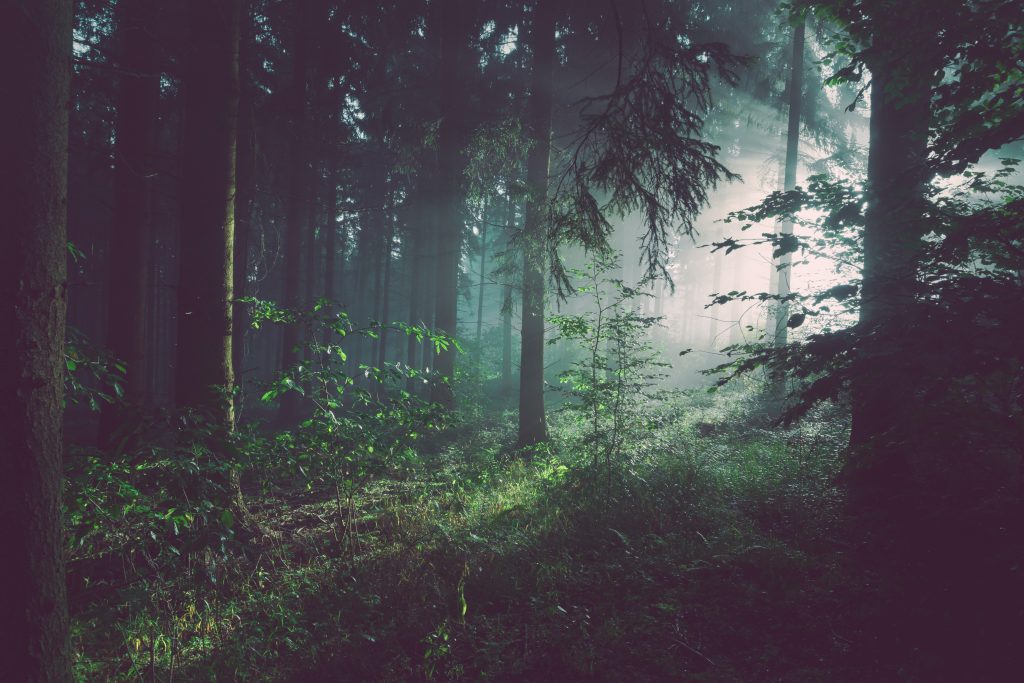By Lori Lee
NDG Contributing Writer
Living in urban areas is a relatively recent phenomenon, said Dr. Michael Jerratis, professor of Environmental Health Sciences at UCLA. As he explained, we evolved in nature. An internationally recognized researcher, Dr. Jerratis has spent his last 22 years uncovering the health effects of different socioeconomic and built environments.
A human’s affection for nature is surrounded by mystery, he notes. Since man has gained safety and shelter in nature over thousands and thousands of years, a trust for the natural world is embedded in the human psyche. This has created an innately positive reaction to nature, which has become a genetic response.
The term biophilia refers to this innate positive association. From the Greek bio or “life,” and philia, “love,” the term refers to the evolutionary trait or unlearned predisposition to things that are favorable to survival. Nature promotes psychological well-being and mental restoration, explained Wilson. Nature, linked to reduced cardiovascular and respiratory illnesses, also eases attention deficit disorder and depression. More recently, UCLA researchers found increasing vegetation, tree canopy and park space, particularly in green-poor areas, moderately lengthened life and dramatically improved life for people of color.
Determinants of life expectancy include environmental factors, like green space, pollution, and housing, explained Jerratis. Social determinants of education, income, race and ethnicity and lifestyle behaviors, like smoking, exercise, and not having insurance also play a role. The researchers mapped out life expectancy according to census tracts and found that those with more green space, especially those with large tree canopy, were related to moderate increases in life expectancy.

Non-white people have far less access to park space, said Bz Zhang. Zhang is a Project Manager for the Los Angeles Neighborhood Land Trust (LANLT), which designs and builds public green spaces in underserved areas of Los Angeles.Their team works from an equity lense toward environmental justice.
Leveraging the strengths of public agencies and pulling in actors from nonprofits, LANLT produces climate resilient and culturally significant, well loved amenities, said Zhang. The agency has been busy pulling up asphalt and greening schoolyards, as it seeks to mitigate green gentrification, while ensuring those most vested in their community can remain.
Another actor in the effort to green underinvested areas is Rachel Malarich. As assistant director of environmental services for Koreatown Youth and Community Center (KYCC), Malarich has overseen the planting of thousands of trees in central Los Angeles. As the nation’s first city forestry officer, Malarich oversees Los Angeles’ Urban Forestry Management Plan. The plan sets goals for plantings, maintenance, and preservation, which includes education campaigns to encourage new developers to preserve existing trees.
With billions of funding available through recent federal infrastructure legislation, cities and counties can accomplish urban greening. As organizations across the country work to achieve common goals, they are guided by the Justice 40 Initiative, which seeks environmental justice, while setting the most disadvantaged communities–the lowest 40%–as priorities for investment.
Most often, large infrastructure projects have divided or displaced communities, explained Jon Christensen, adjunct assistant professor at UCLA. We should work to give back and ensure that everyone has access to amenities that affect health, said Christensen.
Marcos Trinidad is also working to expand the urban forest in Los Angeles. As director of Audubon Center at Debs Park, Trinidad explained how mapping is used to identify areas that are deficient in urban vegetation and trees. In efforts to bring green space to these communities,Trinidad strives to also bring opportunities in the form of jobs and education.
His is a story of what one organization is doing against the backdrop of many other efforts nationwide. Their original volunteer model is looking toward a holistic, hybrid model that includes workforce development and funding to support jobs and a sustainable urban forest, he said.
Trinidad brings with him a deep, personal connection to nature. Some of these communities may not prioritize trees or green space, said Trinidad, but he wants people in underserved communities to experience the luxury of hearing birds in their neighborhoods.
As indicators of health, birds tell us how an area is supporting different species and what food is available to them. A diversity of birds is connected to an abundance of trees, while increased bird diversity can be traced to green investments in particular neighborhoods.
We are increasingly an urban species, adds Jon Christensen. Cities are now our habitat. As of 2007, over half of people live in cities, and that is expected to increase up to 70% by 2050. The complex urban systems that make up cities have become an important area of scientific research and debate about public investment around the world, he continued. It is important to understand and invest in cities so they can be resilient to climate change. It is a matter of life and death, he said.
Inequities have shaped the urban environment, and justice requires that we remedy those inequities.








